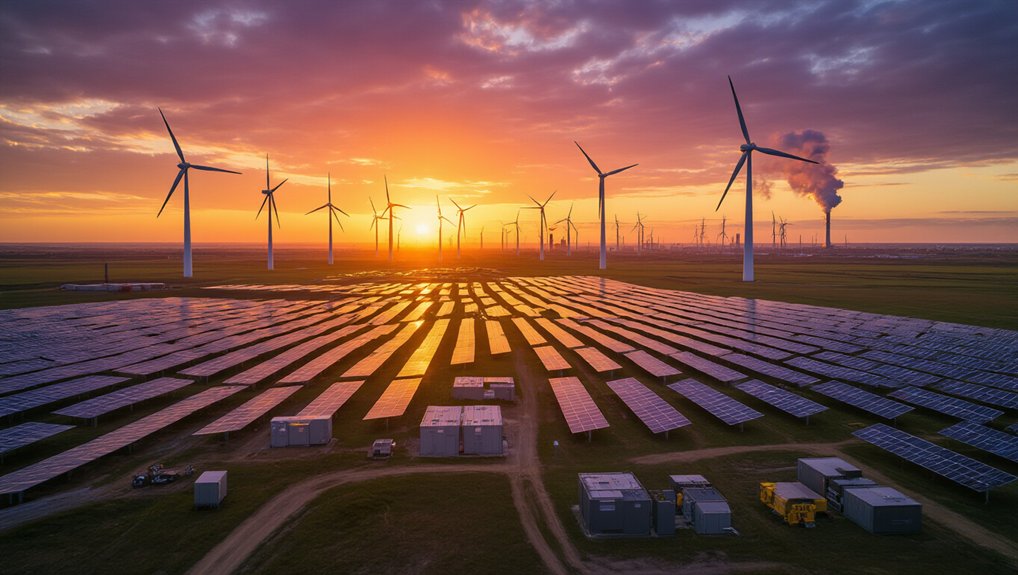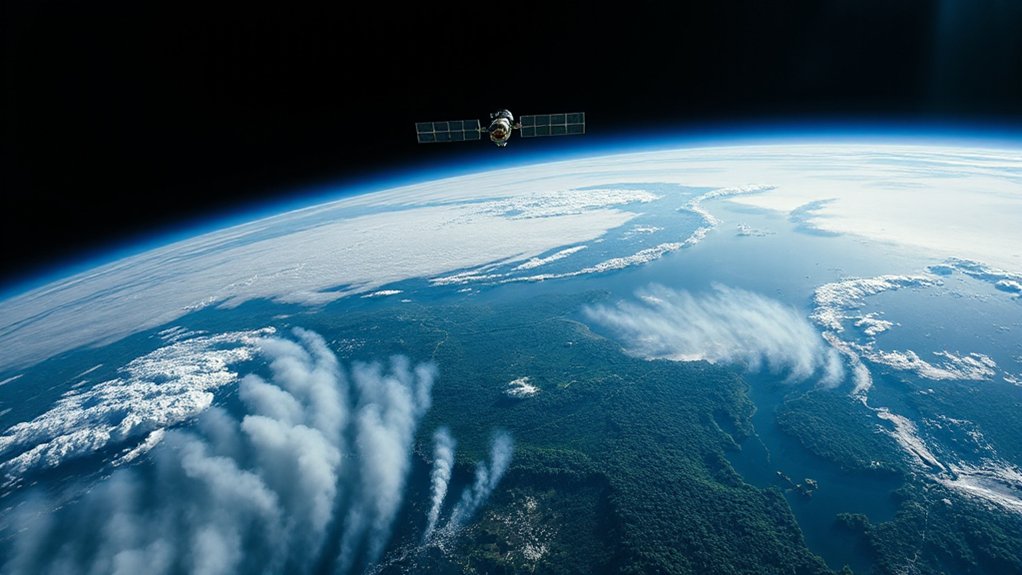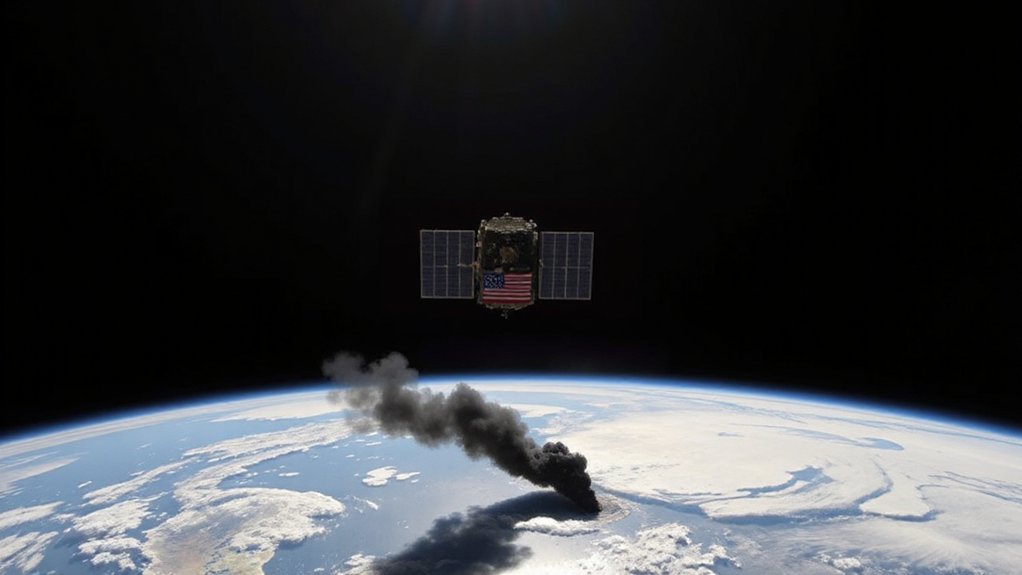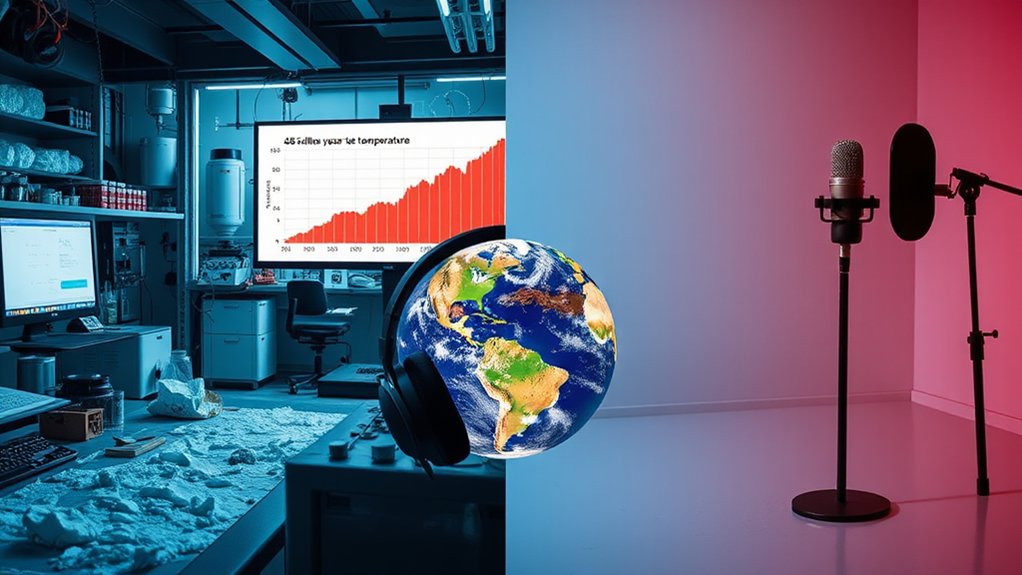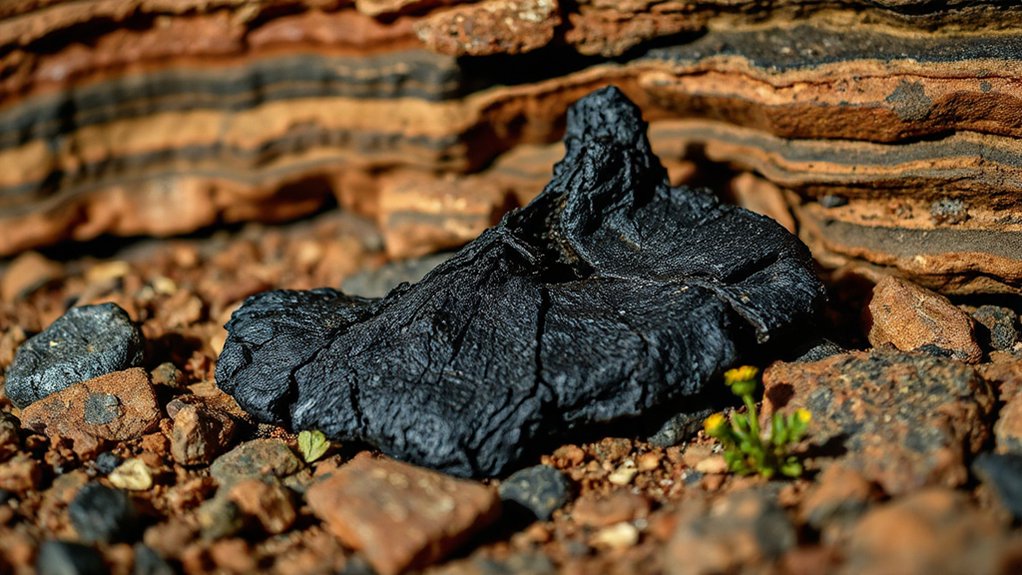While climate scientists monitor the ongoing changes in Antarctic sea ice, recent data showing above-average surface mass balance has complicated the popular narrative of constant ice decline. Heavy snowfall periods have pushed the surface mass balance above average for the March 2024-February 2025 period. But don’t get too excited. This temporary boost doesn’t erase the troubling big picture.
Let’s get real about the numbers. The minimum sea ice extent for 2025 hit a paltry 1.87 million km² on February 25, tied with 2024’s dismal showing and 8% below the 1993-2010 average. Even worse? Sea ice volume crashed to 1,030 km³ – a shocking 56% below the long-term average. Not exactly a climate skeptic’s dream data.
Antarctic ice is in free fall, with volume down a staggering 56% below average. Cold comfort for climate deniers.
The last four years have been exceptional. And not in a good way. We’ve seen the five lowest summer minimum extents since 2017, with 2022, 2024, and 2025 tied for second-lowest. The record-breaker? That was 2023. Brutal.
Sure, Antarctic trends aren’t as dramatic as the Arctic’s nosedive. The decline sits at 2.6 ± 3.3% per decade – not statistically significant yet. A decade ago, the annual trend was actually slightly positive. Remember September 2014? Record high winter extent. Those were the days.
But since 2016, it’s been mostly doom and gloom. Below-average extents dominate the data.
The media loves a good contrarian story. Temporary ice growth makes headlines while the underlying trend gets ignored. Classic clickbait strategy. Meanwhile, scientists keep their eyes on the prize: long-term observations spanning decades, not cherry-picked years.
What’s the takeaway? Antarctic ice presents a messier picture than simple “everything’s melting” narratives suggest. The variability is real. The occasional growth happens. But don’t miss the forest for the trees – or the ice sheet for the snowflakes. This continued melting contributes to the rising sea levels that threaten coastal communities worldwide. Recent low ice years paint a clear picture of where we’re headed. Despite this winter’s increased snowfall, melt extents reached disturbing new records in December and January for the entire 47-year satellite record period. This grim outlook is reinforced by 2025 being the second consecutive year with minimum extent below 2 million km². And it isn’t pretty.
References
- https://marine.copernicus.eu/news/antarctic-sea-ice-reaches-near-record-low-2025
- https://nsidc.org/ice-sheets-today/analyses/antarctic-ice-sheet-2024-2025-melt-season-fast-start-early-end
- https://earthobservatory.nasa.gov/images/154112/antarctic-sea-ice-plunged-in-summer-2025
- https://www.climate.gov/news-features/event-tracker/2025-winter-maximum-sea-ice-extent-arctic-smallest-record
- https://www.climate.gov/news-features/event-tracker/2025-summer-minimum-sea-ice-extent-antarctic-tied-second-lowest-record

